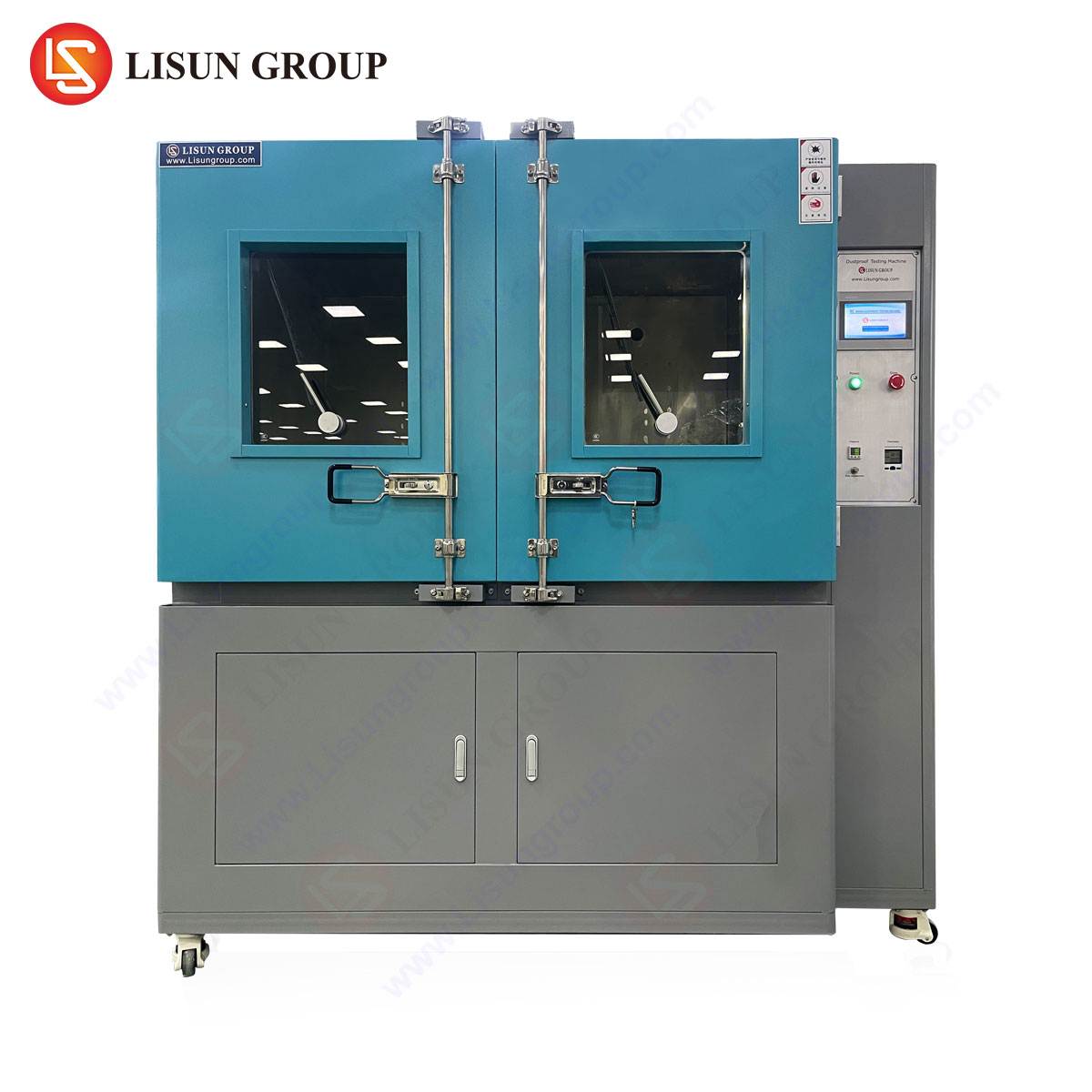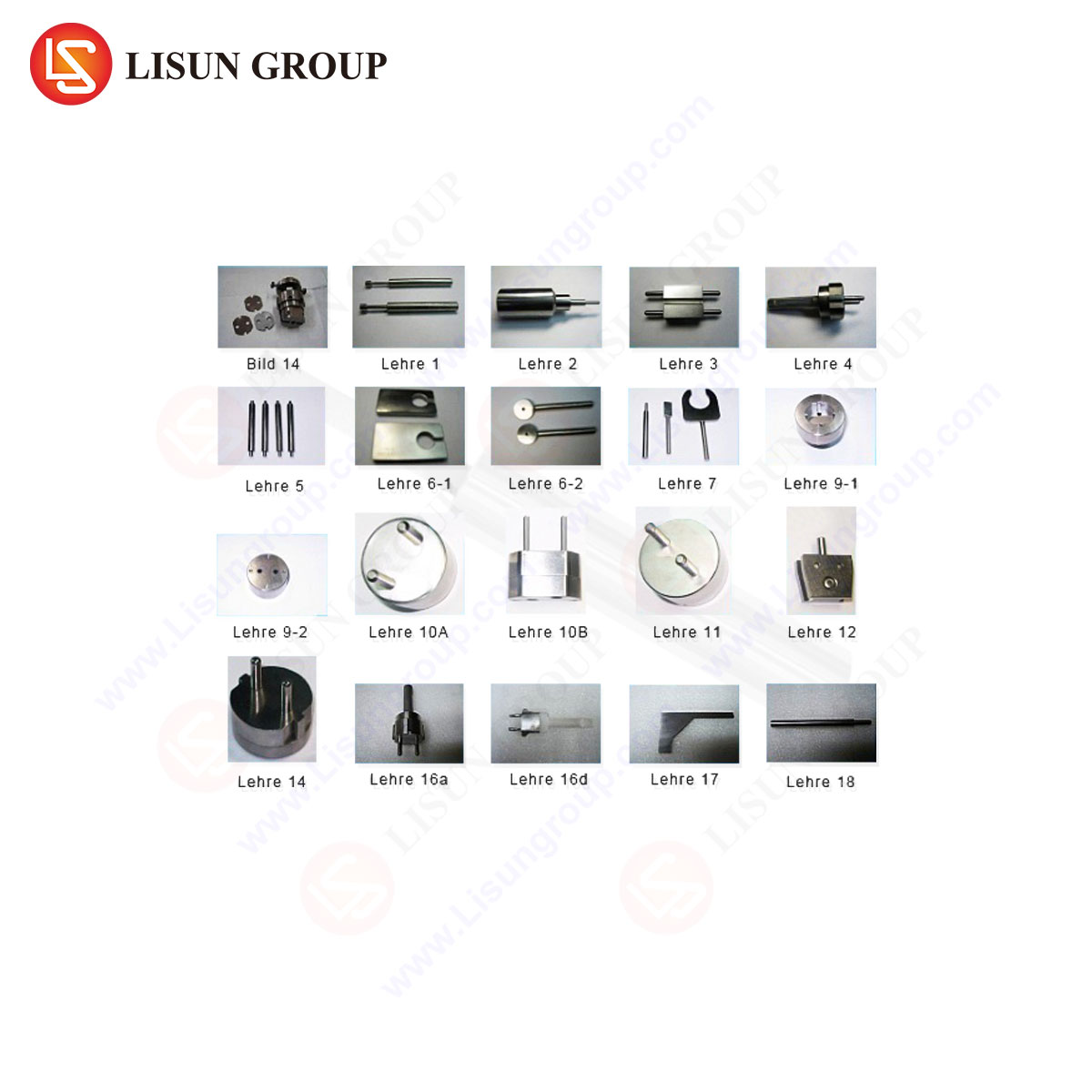The Federal Motor Vehicle Safety Standard (FMVSS) 302, established by the National Highway Traffic Safety Administration (NHTSA), defines flammability requirements for materials used in vehicle interiors. Its primary objective is to mitigate fire hazards by limiting the burn rate of components exposed to potential ignition sources. The standard applies to seat cushions, seat backs, interior trim, headliners, floor coverings, sun visors, and other materials within the occupant compartment.
FMVSS 302 specifies a horizontal burn test methodology, wherein a material sample is subjected to a controlled flame for 15 seconds. Compliance is determined by measuring the burn rate, which must not exceed 102 mm (4 inches) per minute. The standard is harmonized with international regulations such as ISO 3795 and UNECE R118, facilitating global automotive compliance.
The FMVSS 302 test procedure requires a controlled laboratory environment with standardized specimen dimensions (356 mm × 100 mm × thickness representative of end-use application). Specimens are mounted horizontally in a test chamber, exposed to a 38-mm methane flame for 15 seconds. Post-ignition, the flame is removed, and the burn rate is calculated based on the time taken for combustion to travel between two reference marks (50 mm apart).
Critical test parameters include:
Non-compliance may necessitate material reformulation or the application of flame-retardant coatings.
While FMVSS 302 is automotive-centric, its principles are adopted in other industries where material flammability is a safety concern. Examples include:
These sectors often reference FMVSS 302 as a benchmark for flammability performance, even when not legally mandated.
The LISUN ZY-3 Needle Flame Test Apparatus is engineered to evaluate material flammability in accordance with FMVSS 302, IEC 60695-11-5, and related standards. It employs a controlled needle flame (0.5–1.0 N gas pressure) to simulate small ignition sources, making it suitable for testing thin materials, electrical components, and low-density polymers.
The ZY-3 applies a 45° needle flame to the specimen for a predetermined duration, after which flame spread, afterglow, and dripping behavior are assessed. This method is particularly relevant for:
A Tier 1 automotive supplier tested PVC-insulated wiring using the LISUN ZY-3 to ensure compliance with FMVSS 302. Results demonstrated a burn rate of 78 mm/min, well below the 102 mm/min threshold. The test identified inconsistent flame retardant distribution in batch samples, prompting process adjustments.
FMVSS 302 aligns with:
| Standard | Region | Scope |
|———————–|——————|————————————|
| ISO 3795 | International | Road vehicles—flammability testing |
| UNECE R118 | Europe | Vehicle interior materials |
| JIS D 1201 | Japan | Automotive flame resistance |
1. How does FMVSS 302 differ from UL 94?
FMVSS 302 measures horizontal burn rate for automotive materials, while UL 94 evaluates vertical flammability for plastics.
2. Can the ZY-3 test non-flat specimens?
Yes, its modular fixtures accommodate wires, connectors, and irregular geometries.
3. What industries use FMVSS 302 outside automotive?
Aerospace, medical devices, and consumer electronics reference it for material screening.
4. Is methane mandatory for FMVSS 302 testing?
Methane or equivalent (≥ 95% purity) is required per standard specifications.
5. How does specimen thickness affect results?
Thinner materials may exhibit faster burn rates; testing must replicate real-world thickness.







